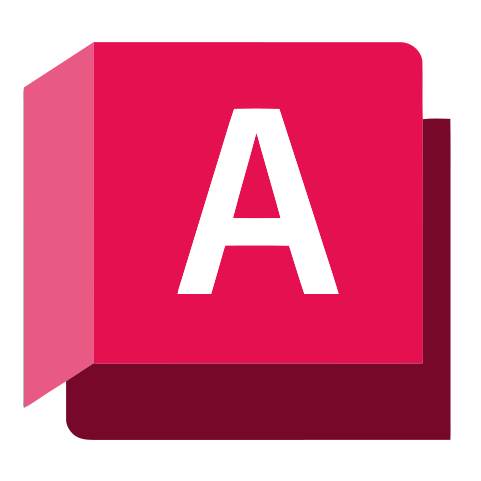Let’s cut straight to the chase: it’s not possible to get AutoCAD 2026 for keeps without paying some cash. However, you can get a free trial, a free one-year educational license, or save a lot of money with a limited version subscription. Let’s look at your options.
AutoCAD is a commercial 2D and 3D computer-aided design (CAD) software developed by Autodesk. Many consider it to be the godfather of CAD software, especially for architecture, and it is still often considered one of the best CAD programs available.
The software’s abundant features make it a highly versatile tool. Users can draft 2D and 3D models with solids, surfaces, and mesh objects, while a grand selection of add-on apps and APIs make it completely customizable. AutoCAD is used across a wide range of industries, including architecture, engineering, manufacturing, interior design, and construction. It offers some of the best tools to streamline and automate design workflows, even leveraging machine learning to help users improve how they work with the software.
Although the trial version will let you test the full software and the educational license will provide free access for some, odds are that once your trial is over, you’ll have to shell out some cash for either the full version of AutoCAD or the lighter (and therefore more affordable) 2D-limited AutoCAD LT. However, if that also won’t fit your budget, some excellent free alternatives to AutoCAD might suit you just fine – we mention these at the end of this article.
Full Version - Free 15-Day Trial

AutoCAD is a leading CAD software for 2D and 3D design. It offers precision tools for drafting, modeling, and automation, enhancing productivity. Widely used by architects, engineers, and designers, it supports customization and collaboration for efficient project workflows.
Autodesk offers a free trial of AutoCAD 2026’s full version with no functional restrictions. In 2024 the free trial was reduced from a comfortable 30 days to just 15, which should still be long enough to get a sense of whether or not you want to dive in if you are already familiar with CAD software and workflows.
Note that the free trial is for non-commercial evaluation purposes only, according to Autodesk’s terms of use. In other words, if you want to create something for a client and you think you can get it done in 15 days, that’s technically against the offer’s rules.
Here’s a step-by-step guide to access the full version of AutoCAD 2026 free for 15 days:
- Visit the AutoCAD 2026 free trial page.
- Click “Download free trial”.
- Select your preferred version. Then, click “Next”.
- Sign in to your existing Autodesk account or create a new one.
- Fill out the “About You” fields and click “Next”.
- Fill out the “Company Info” fields and click “Next”.
- Select either “Download” or “Install”.
- Your trial has begun. Install, and start using AutoCAD.
The free trial version of AutoCAD is a great way to assess the software and decide if it’s right for you. However, it’s not great as a place to start learning CAD. Being a high-end software, and one that’s rather expensive, a 15-day window isn’t enough to effectively learn AutoCAD and make the full software worthwhile. And it’s not really supposed to be.
If you’re new to CAD software and are looking for a place to start, check out the free AutoCAD alternatives at the bottom of this article. Or, if you’re more interested in 3D modeling, check out our article on Autodesk’s Fusion – which offers a free license with no time limit for hobbyists and small businesses.
Educational Version

The one and only way to access a full and unrestricted version of AutoCAD for free is to be a student, educator, or academic institution. Those eligible can apply for AutoCAD’s educational license and get one free year of Autodesk software, including AutoCAD.
The AutoCAD educational license is available to help students and educators access the learning tools they need without the prohibitive costs typically associated with the software. For Autodesk, the offering has the added advantage of ensuring new grads are familiar with its software – thereby encouraging companies to use it.
Though educational licenses are available for a period of just one year, users can reapply annually to confirm their continued association with a qualifying institution.
To access AutoCAD 2026’s free educational license, simply follow these steps:
- Visit the Autodesk Education Community.
- Choose AutoCAD from the list of software.
- Sign in to your existing Autodesk account or create a new one.
- Fill out your education profile.
- Note: If you can’t find your institution listed, click “Can’t find your school?” and wait for validation, which may take up to seven days.
- If prompted, submit further documentation and proof of eligibility, such as a student ID or transcript, and wait for validation.
- Once you receive a confirmation email, click “GET PRODUCTS”.
- You’ll now have access to Autodesk’s education programs.
- Click “GET AUTODESK SOFTWARE” to download AutoCAD 2026.
It’s worth noting that institutions can apply for “class/lab” licenses to apply to specific machines or an institution’s network. The process is very similar to the one listed above and can be started from the same Autodesk Education Community webpage.
AutoCAD LT 2026

If your free trial has expired and you’re ineligible for an Autodesk educational license, your options for a deal on AutoCAD 2026 are limited. However, there is one remaining way to save some cash: AutoCAD LT 2026.
AutoCAD LT is Autodesk’s lightweight version of AutoCAD for 2D drawings that’s limited in some very impactful ways but costs:
- $65 monthly
- $505 annually
- $1,515 three years
The biggest difference between AutoCAD and AutoCAD LT is that the light version doesn’t support 3D modeling and visualization or parametric constraints. If that’s what you’re after, we’d suggest checking out some of the free AutoCAD alternatives at the bottom of this list, or our article on Autodesk’s Fusion – which is available for free to hobbyists and small businesses. Otherwise, AutoCAD LT mostly omits collaboration and history features and the full version of AutoCAD.
Honestly, we think there are few circumstances in which AutoCAD LT is worth the cost. For all its limitations, with what remains a pretty hefty price tag, AutoCAD LT doesn’t seem to offer a lot of compelling features over free alternatives. Still, if AutoCAD is your preferred program for 2D drafting, drawing, and documentation, it’s your only option for a reduced-cost Autodesk offering.
You can learn more about the differences between AutoCAD and AutoCAD LT by reading this in-depth comparison.
AutoCAD Web

Probably not surprising to existing users, the formerly free AutoCAD Web App can now only be accessed via paid subscription or as part of an existing AutoCAD or AutoCAD LT license. Old users will remember the banner that would pop up when opening the program, disclaiming that it will be “free for everyone for an extended period.” As of 2023, this extended period has ended, and a standalone subscription to AutoCAD Web will set you back $10 per month or $100 per year.
AutoCAD Web is the new name for both AutoCAD Web App and AutoCAD Mobile, which used to only be accessible through a separate paid subscription, so Mobile App users will at least be saving a few bucks here.
AutoCAD Web is, as the name would suggest, a cloud-based and limited version of AutoCAD. It is an extremely lightweight version of the software which lets you do light editing and draft fundamental 2D designs. DWG files can be accessed and updated from anywhere for quick changes and simplified collaboration between teams.
Users should ensure they log into their Autodesk account and navigate AutoCAD Web.
Not willing to make the commitment just yet? There is also a 30-trial that lets you do a test run on the new offer.
Getting Started

If you’re new to CAD or are migrating from different software, there may be a steep learning curve before finding your groove with AutoCAD. Fortunately, Autodesk has a very robust Knowledge Network for all its software, and AutoCAD 2026 is no exception.
Users can find a buffet of tutorials and guides for AutoCAD 2026 specifically, including the extremely helpful “Hitchhiker’s Guide to AutoCAD Basics“. The course will introduce you to 2D drawing with AutoCAD, so it’s a great place to start, regardless of whether you’re using AutoCAD LT or the full version. You’ll learn to navigate the workspace, the most basic commands, all about layers, precision, annotations, and more. If you’re more interested in 3D modeling, check out “About Modeling 3D Objects” for detailed instructions on the basics.
Remember that anyone can make use of Autodesk’s free courses offered at Autodesk University. Just make sure you’re browsing lessons for the right software.
What's New in AutoCAD 2026 & Top Features

AutoCAD is perhaps the most mature and increasingly stable CAD software on the market. It has been long considered the industry standard in many professional fields.
AutoCAD 2026 introduces a few new features and enhancements that Autodesk’s software engineers say improves performance, streamlines workflows, and leverages artificial intelligence (AI) for increased productivity. This update isn’t revolutionary but there are quality-of-life fixes and some new tools that will enhance your experience. Let’s take a closer look.
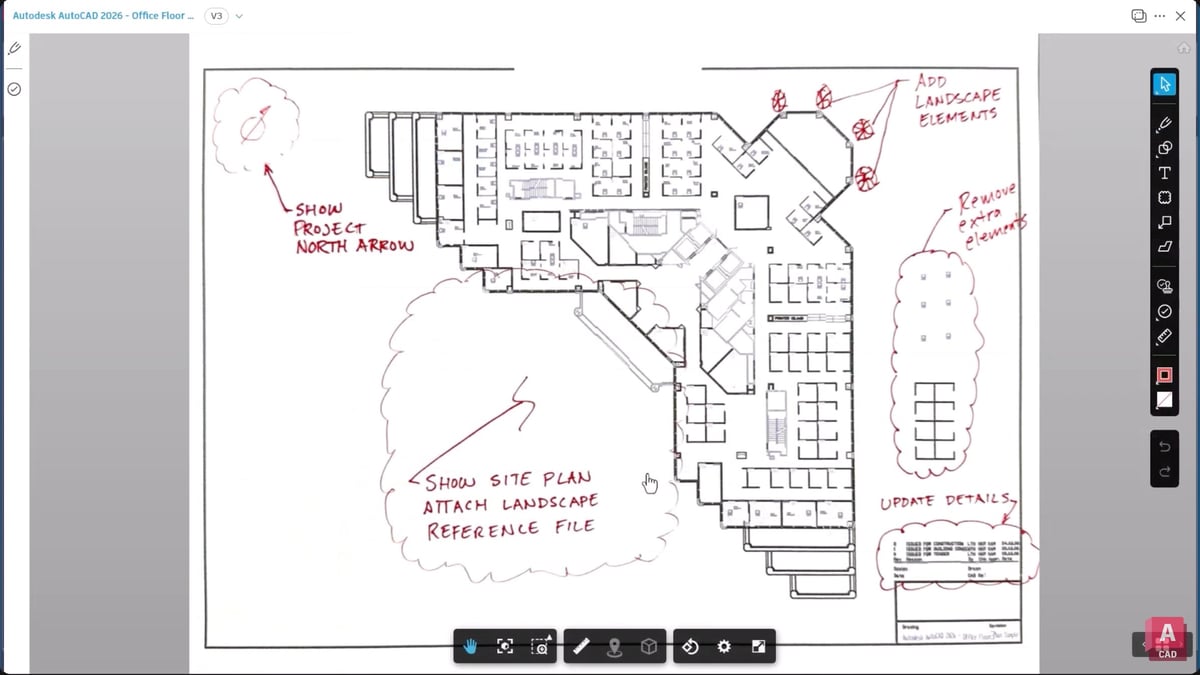
Performance Enhancements
Faster File Operations: Experience up to 11-times faster file opening and four-times quicker startup compared to AutoCAD 2026, particularly for DWG files stored on LAN or network environments.
AI-Powered Tools
- Detect and Convert: Automatically recognize and convert objects into blocks, aiding in drawing cleanup and standardization. This feature is currently a technology preview and will evolve over time.
- Search and Convert: Quickly search for objects or text in your drawings and convert them into block instances, utilizing AI to suggest relevant blocks from your libraries.
- Autodesk Assistant: Access AI-driven support and solutions directly within AutoCAD through a conversational interface, providing guidance and learning resources related to features and design challenges.
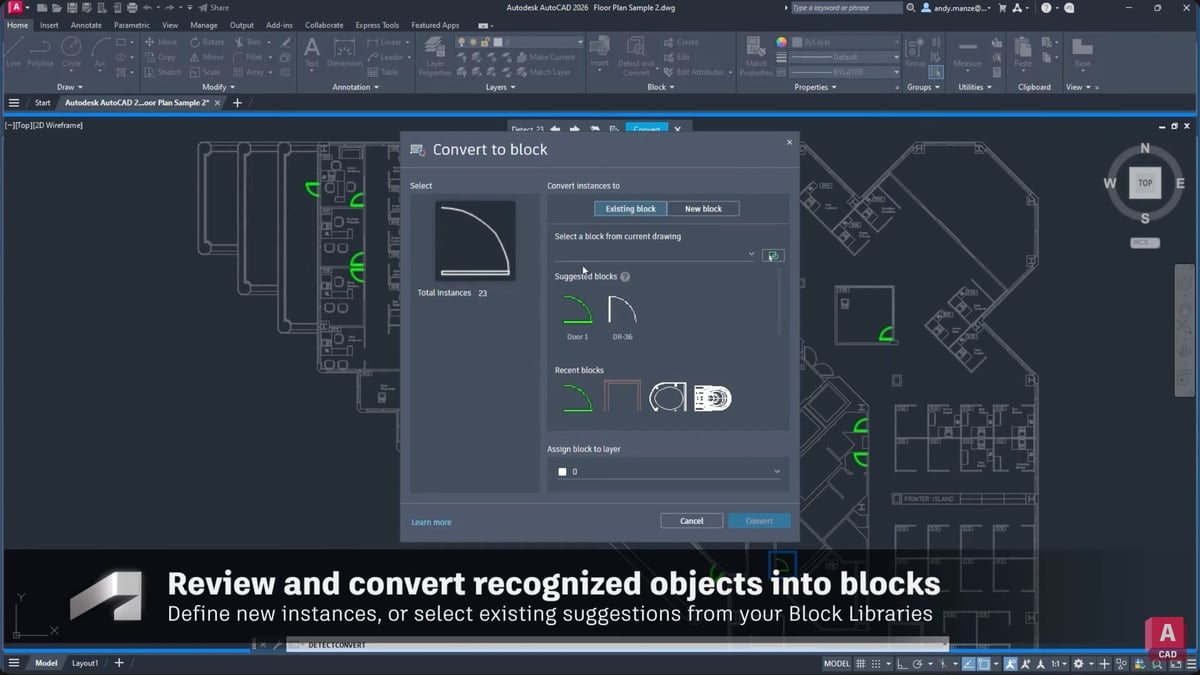
Collaboration and Workflow Improvements
- Connected Support Files: CAD managers can define project-specific support files and settings within Autodesk Docs, ensuring all team members work with consistent configurations without additional setup.
- Markup Import and Markup Assist with Autodesk Docs: Import and connect JPG, PNG, and PDF markups from Autodesk Docs. Once synced, markups made in Autodesk Docs will update in a Trace layer in AutoCAD, allowing for efficient review and incorporation of feedback.
- Activity Insights: Access detailed multi-user event logs, tracking over 35 activity types, including version history and file comparisons, to stay informed about project progress and changes.
New Features
- ArcGIS Basemaps: Integrate real-world geographical information into your site plans using high-resolution satellite and aerial imagery, as well as various map styles.
- Hatch Enhancements: Use updates to the HATCH command to add textures through patterns, fills, and paths without predefined shapes or enclosed boundaries, enhancing design clarity.
Autodesk
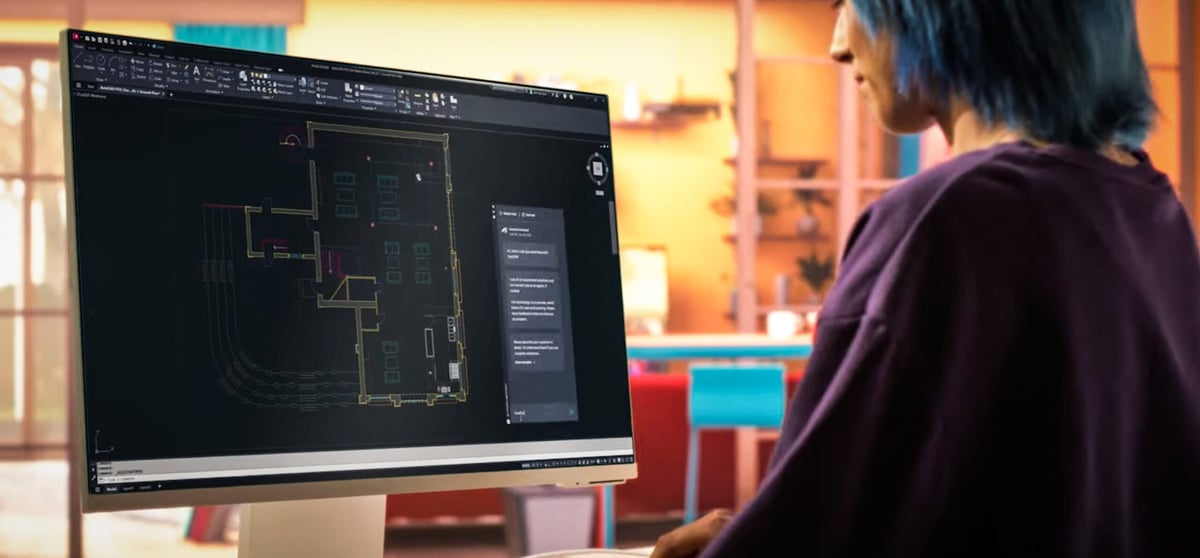
Here’s the basic rundown of AutoCAD’s core features to help determine whether it’s right for you:
Parametric Drawing
As you might expect from any cutting-edge CAD program, AutoCAD supports parametric modeling: the use of constraints to govern a design.
Parametric design is useful in all kinds of modeling but, for professionals like architects, it can save an immeasurable amount of time. By modeling with constraints, users can make significant changes to their designs by simply altering or applying new parameters throughout the process. Whenever a value is changed or added, the entire design is modified accordingly.
Imagine needing to reshape the length or curve of a single load-bearing wall at the base of a high-rise. The small adjustment could require a mountain of changes to be implemented safely and with aesthetic uniformity for the room and larger building. Traditionally, this would be laborious, but with parametric drawing, the changing constraints will cause any and all related features of the design to adjust automatically.
Collaborative Tools
In large projects like, say, designing a building, there are usually large teams of experts involved. So, it’s absolutely essential that software like AutoCAD comes with a variety of collaborative tools. In AutoCAD’s case, that comes as a suite of tools aimed at making teamwork easier. It offers controlled sharing, version history and comparison, and Trace – which allows users to review and add feedback to DWG files in a non-destructive and impermanent way.
In AutoCAD, collaboration is easy due to the new Markup Import and Markup Assist features. These allow users to import markup from PDFs and photos of paper-printed designs as a trace layer. After importing, users can easily implement the written changes and annotations. The software simply recognizes written feedback and allows users to add it to the digital drawing in a few simple clicks.
If you want more collaboration features, Autodesk also offers Autodesk Docs – a cloud-based document environment that integrates with AutoCAD to allow streamlined document sharing, approvals, issue tracking, and more.
Macros & LISP Routines
There’s a lot of monotony involved when designing large projects, so users may need features to streamline their workflows. For AutoCAD, that comes in two flavors: simple macros and more complicated LISP routines.
Macros are a term you might be familiar with – they’re simply combinations of regular commands. Assigning macros allows users to execute what would be a series of step-by-step commands in a single click. These commands are a powerful tool to streamline repetitive tasks, but they’re limited in scope and how they can interact with the greater context of a drawing.
LISP routines, on the other hand, are small programs created using the AutoLISP language designed to work within AutoCAD. They are more difficult to create than simple macros but have the potential to automate a lot more. Depending on how a LISP routine is programmed, users can create custom shapes, automated labeling, or anything a creative AutoLISP programmer can think to do.
3D Printing Workflow
AutoCAD 2026 continues to support the 3DPrintService command, enabling users to specify 3D data from a DWG file. This data is translated into a faceted mesh representation consisting of triangles, which can be sent to a 3D printing service or saved to a file for printing.
My Insights
To take workflow optimization to the next level, AutoCAD includes My Insights: leveraging machine learning to help users improve how they work with AutoCAD.
My Insights observes user behavior over time to suggest workflow optimizations in convenient ways. It can do this by reporting to users how they’re using AutoCAD in simple graphs, recommending pre-made commands and features to make a user’s tasks easier, directing users to helpful articles that might serve as valuable resources to improve their AutoCAD skills, and more.
System Requirements

Below are the recommended specifications to run AutoCAD or AutoCAD LT 2026:
- OS: 64-bit Microsoft Windows 11 or 10 version 1809 or above / MacOS Ventura v13, Monterey v12, Sonoma v14
- Processor: 3+ GHz or higher, or Apple M series chips with Intel and Apple Silicon architectures
- RAM: 32 GB or higher is best
- GPU: 2 GB with 29 GB/s Bandwidth, DirectX 11 compliant, or Mac-native graphics card
AutoCAD Pricing in 2026

AutoCAD pricing went down in 2026, by a touch. It was $255 montly and now it’s $5 cheapter, same with the has pricing for each version, and prices can vary based on the billing subscription, with options for monthly, yearly, and three-year plans. The company’s pay-as-you-need token-based pricing system called Autodesk Flex is getting even more popular for those who need sporadic use.
- AutoCAD 2026: $255/month, $2,030/year, or $6,085/3 years
- AutoCAD LT 2026: $65/month, $515/year, or $1,545/3 years
- AutoCAD Web: $10/month, or $100/year
Autodesk AutoCAD 2026 Crack

Crack, hack, jailbreak, there’s no shortage of online schemes claiming to deliver a free backdoor to a full version of AutoCAD. So before you spend hours sliding down the internet rabbit hole of paid links and clickbait, we’ll tell you the truth: it doesn’t exist.
Autodesk didn’t get to be one of the largest, most trusted, and most respected software companies in the world by having flaws in its code. Plus, the company’s battalion of lawyers is typically all over these internet fraudsters with cease-and-desist orders faster than you can slice a benchy.
Attempting to crack software for free use is not only illegal (a violation of licensing, copyright, and intellectual property laws) and ethically wrong, but it typically doesn’t even work. Cracked software opens you up to malware, which is its intention, and without proper licensing is prone to unexpected errors and frequent crashes.
If you can’t afford AutoCAD just yet at this point in your design career, there are free and lower-cost alternatives we detail belwo.
Free & Low Cost Add-Ons for Your AutoCAD

Autodesk provides an App Store for AutoCAD where users can find and download various add-ons and apps developed by third-party developers. These apps cover a wide range of functionalities, from drawing tools to productivity enhancements, and many are free.
DWG Compare for AutoCAD
This add-on allows users to compare two versions of a drawing and view the differences. It’s a useful tool for tracking changes in design. Free trial, $49 for keeps.
TotalLength
TotalLength is an Auto Lisp script calculating the total length of multiple objects of user-selected type(s) – lines, arcs, polylines, circles or combinations of them. Free.
Drawing Purge
This plug-in helps to remove the unused DGN LineTypes, TextStyles, RegApps, and Annotation Scales, and other Purgeable items from the current drawing or multiple drawings in batch processing. Free.
When exploring these add-ons and APIs, it’s important to consider your specific needs and the nature of your projects. The choice of API or add-on depends on the type of customization or functionality you want to achieve within AutoCAD.
Free AutoCAD Alternatives
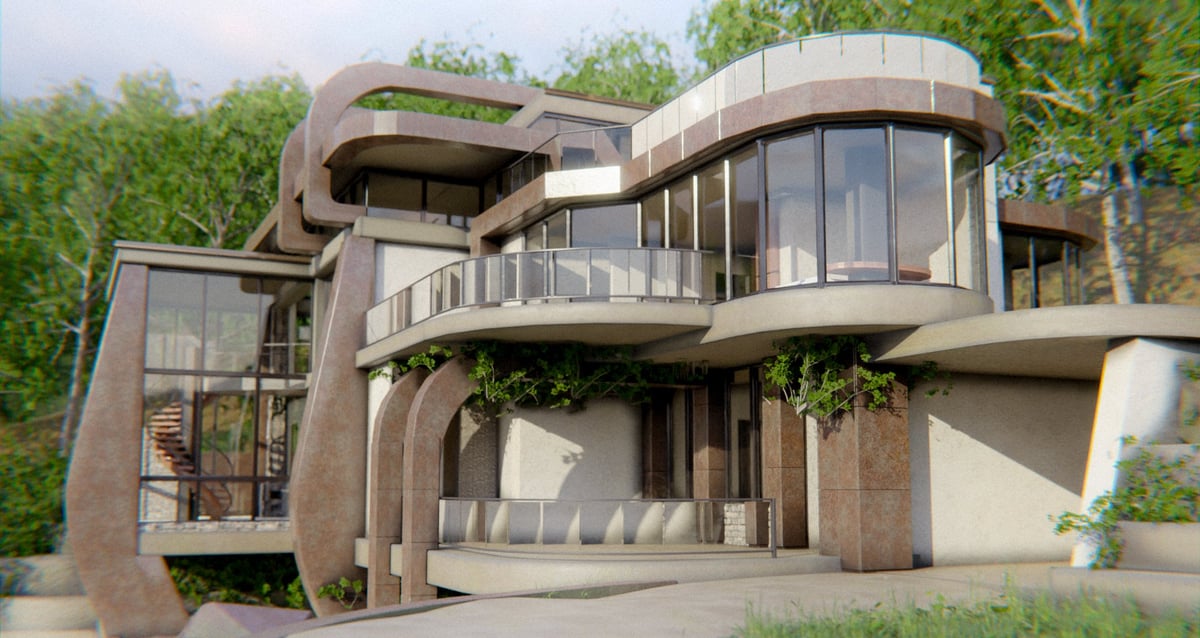
If you want even more information about free CAD software, check out our article, Best Free CAD in Software: Our 5 Picks.
Or, if you’d prefer something a little more wireless, check out The Best Online CAD Software (Most Are Free).
If you want something just lower cost than AutoCAD, check out The Best CAD Software.
One of the best free alternatives to AutoCAD is FreeCAD: an open-source and highly extensible 3D CAD software available at no cost. FreeCAD has a solid range of features that can even be compared with commercial software like Autodesk’s AutoCAD, including full support for parametric modeling.
FreeCAD was created for designing 3D models first and foremost, with parametric modeling capabilities that allow users to easily modify 3D designs by going back into their model history and changing its parameters. However, it also supports 2D modeling like AutoCAD and AutoCAD LT. Migrating users can even import DWG files with a few extra steps.
Being an open-source program, its feature set is oriented towards the community. So be wary that FreeCAD can be a bit overwhelming at first. But, if you make an effort to overcome the learning curve associated with this free CAD software, you’ll be rewarded with a powerful set of features with no monetary strings attached.
FreeCAD offers a modular architecture that allows plugins to be mounted to the core application so users can expand the software to suit their needs or keep it simple. Aside from the aforementioned, FreeCAD offers robot simulation to study robot movements, a Path module dedicated to mechanical machining like milling (CAM), and can output, display, and adjust G code.
Get it From: FreeCAD
LibreCAD

LibreCAD is a free, lightweight 2D drafting software derived from QCAD. It is relatively simple compared to the likes of AutoCAD, but offers some good tools for 2D design work.
LibreCAD is particularly popular among Linux users who need a program to read DWG files, but it can be used on Windows and Mac as well. It is a relatively lightweight program and will run well on your average computer hardware, which is a plus for those without beefy computers that can meet the processing needs to more advanced software. The interface is very similar to AutoCAD, but far less cluttered, making navigating around the program easy for beginners and experienced users alike.
Using DXF files by default, LibreCAD is fairly interchangeable with most other CAD programs. It supports over 30 languages, and the cross-platform compatibility makes it a winner for many users.
Get if From: LibreCAD
nanoCAD Free
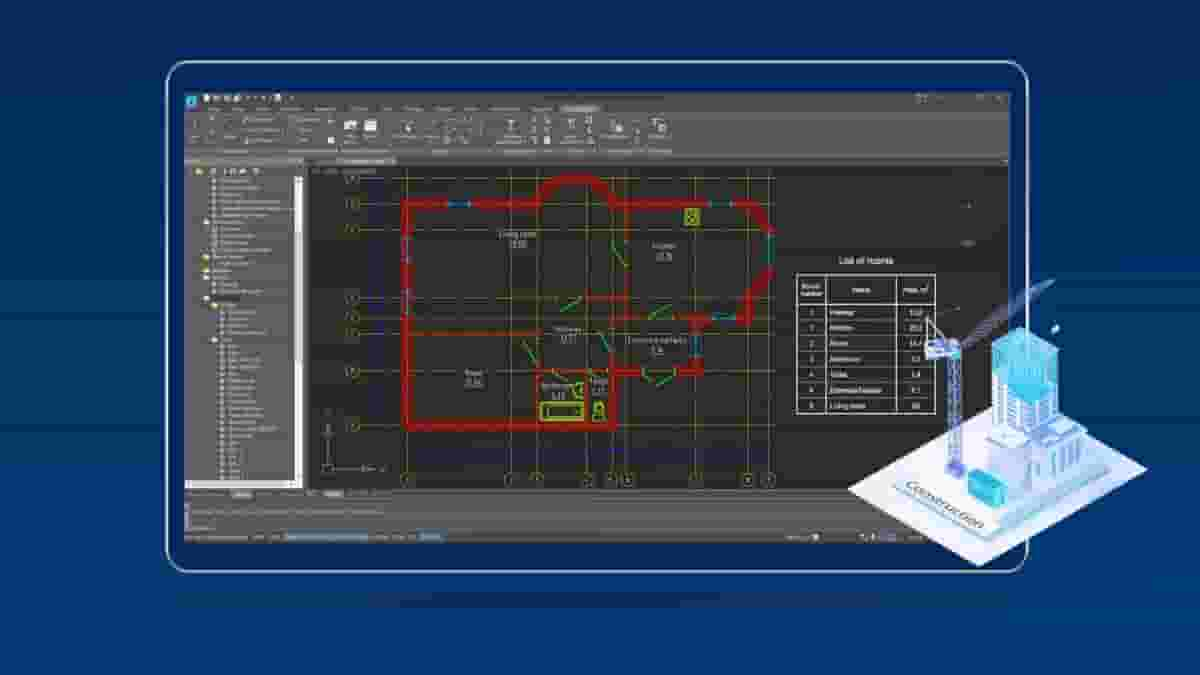
In its basic version nanoCAD is another impressive free CAD software. Since the user interface takes its cues from Autodesk’s AutoCAD, switching from one to the other shouldn’t be much of a problem.
Unfortunately, the current version of nanoCAD is no longer free, except for the free 30-day trial. The software branched after version 5, keeping this past iteration free, nanoCAD Free, but not future updates, like the current nanoCAD 2024.
NanoCAD 24, costs $249 a year for its basic version or $319 annually for “Pro”. It offers many features comparable to AutoCAD such as parametric modeling, DWG editing, and task automation for far less money than Autodesk’s offering, but we’re here to focus on what’s free.
The free version of nanoCAD is still available for download and is an excellent program for 2D CAD modeling. Even though it’s an older version, it comes with no expiration date, support for native DWG format, and design tools for most 2D engineering drawings. However, it’s missing crucial features like 3D modeling, parametric modeling, and much more. Check the nanoCAD Free page for a full breakdown of features.
Get it From: Nanosoft
Blender

Blender is increasingly used by architects but not for the precise construction plans for buildings, but rather for concepts and interiors.
Besides high-resolution modeling, Blender provides robust texturing, animation, and rendering, as well as other 3D development tools What makes Blender enticing are its powerful modeling and sculpting tools for 3D object creation. You can proceed with model creation in various ways, but the most popular are NURBS and mesh-based modeling. NURBS modeling uses lines to define the selected objects, whereas the mesh-based method defines shapes by a mesh of polygon-shaped tiles. Once the object is generated, you can easily sculpt it using various tools by pushing and pulling to give it the desired look. Once you’ve got used to the process, Blender proves to be a blessing when it comes to quick modeling.
You can even import AutoCAD or SketchUp files in Blender, though the process is somewhat complex. Blender supports the DXF file format; you can just enable the DXF import add-on after free registration. In case you have a file in the DWG format, you’d need to convert it to DXF. It’s also possible to create building information modeling (BIM) files from models created in Blender, but file conversion is also necessary.
Get it from: Blender
You May Also Like:
Lead image source: Autodesk
License: The text of "AutoCAD 2026: Free Download of the Full Version" by All3DP Pro is licensed under a Creative Commons Attribution 4.0 International License.
